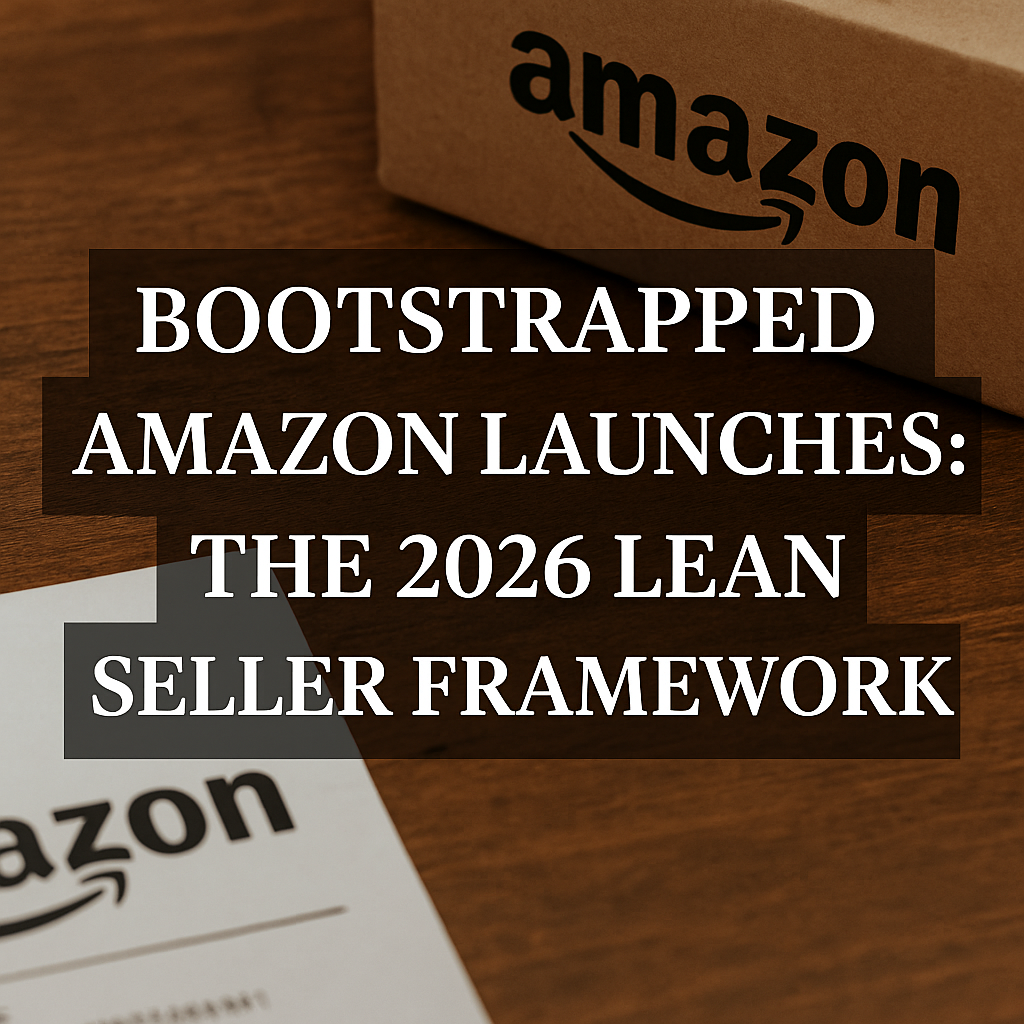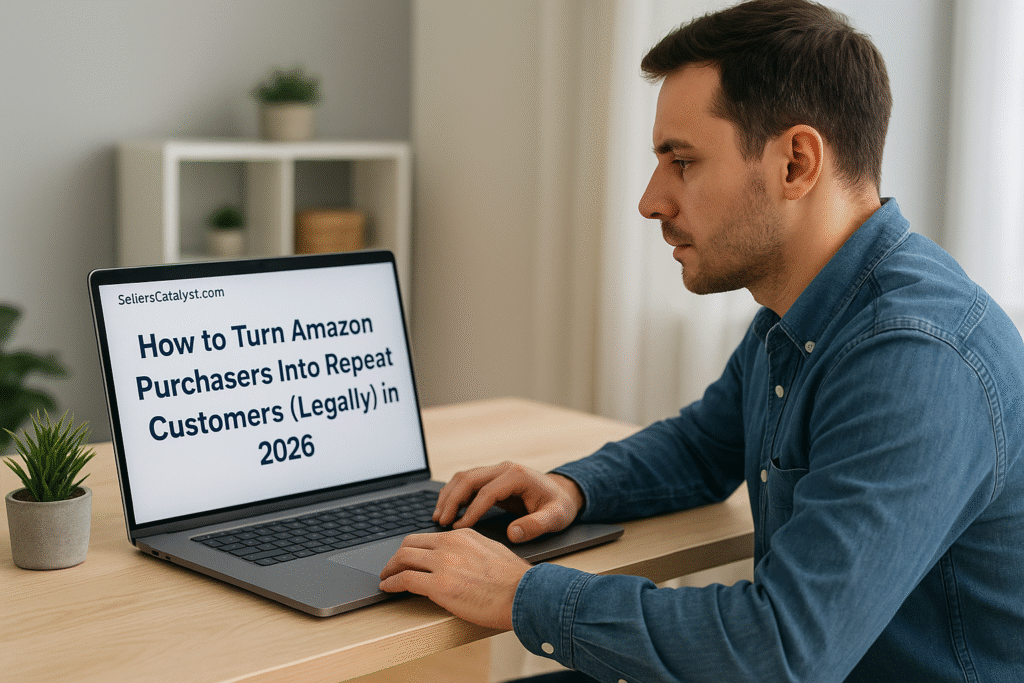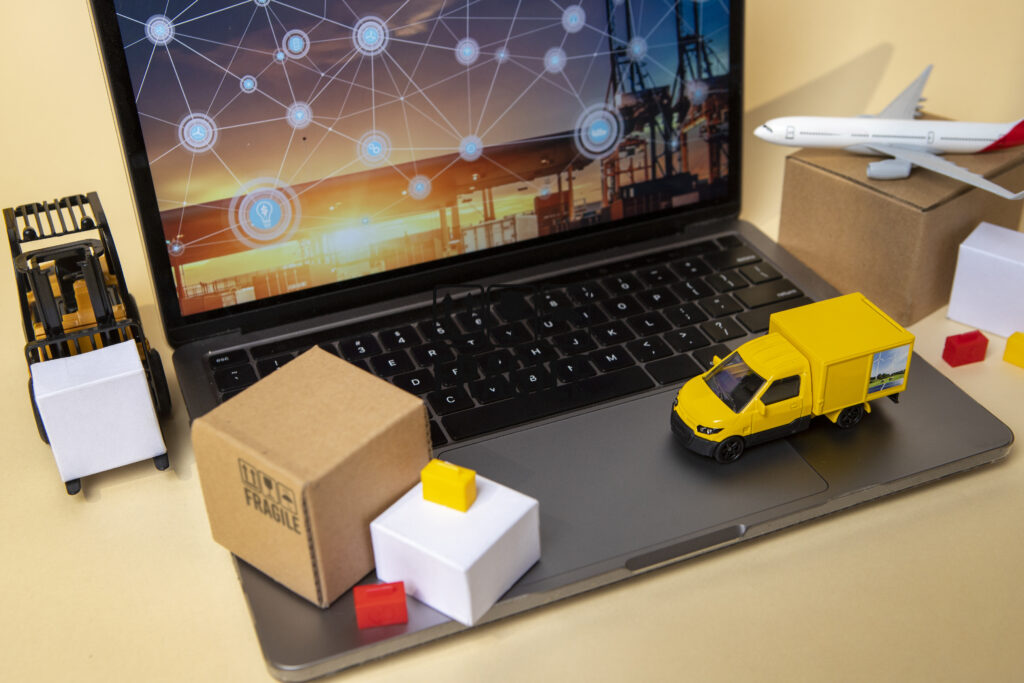Why This Comparison Matters for Struggling or New Amazon Sellers
If you launched on Amazon hoping for “quit-your-day-job” freedom but instead ran into thin margins, high fees, and constant inventory headaches, you are not alone. New and low-revenue sellers frequently vent that they “tried all the legal ways to beg for reviews, all failed,” that ad spend “goes straight back to Amazon,” and that even basic support tickets can be closed “before resolving your issue.”
Those pain points sit at the heart of today’s logistics debate:
- Classic Fulfillment by Amazon (FBA) still offers Prime eligibility, but you shoulder every upstream task: freight, customs, and timing inventory drops just right.
- Supply Chain by Amazon (SCbA) extends Amazon’s reach all the way from your factory to the customer’s door, promising lower costs, faster restocks, and automated inventory placement.
For sellers chasing that first six-figure year—or simply tired of firefighting stockouts—the choice between these two models in 2025 can make or break profitability. Let’s unpack the differences in cost, speed, and control, then map a decision path that fits your goals.
1.Quick Primer: What Each Program Actually Does
| Classic FBA (2025) | Supply Chain by Amazon (2025) |
| You book freight to Amazon FCs, pay inbound placement or ship-to-multiple centers, and manage storage limits. | Amazon picks up inventory at your factory (global or domestic), books ocean/air/truck freight, clears customs, stores bulk stock in Amazon Warehousing & Distribution (AWD), and drip-feeds FCs automatically. |
| Prime shipping and customer service handled by Amazon once goods are checked in. | Same outbound Prime shipping, plus automated restock logic that keeps items near demand hotspots. |
2.Cost Showdown: Where the Dollars Really Flow
2.1 Storage Fees
- Classic FBA: Standard-size off-peak storage averages $0.78 per ft³ per month, but jumps to $2.40 per ft³ during Q4 peak months.
- AWD (part of SCbA): Flat $0.48 per ft³—and Amazon currently discounts that by up to 10 % for fully-managed users, bringing it near $0.43 per ft³ year-round.
For seasonal or slow-moving inventory, parking pallets in AWD instead of FBA slashes holiday storage by roughly 80 %.
2.2 Inbound Freight & Placement
Classic FBA either forces you to ship to multiple fulfillment centers—or charges an inbound placement fee when you choose a single destination. SCbA waives that placement charge because Amazon itself handles consolidation and onward routing.
Moreover, Amazon leverages its bulk contracts to offer domestic trucking “up to 25 % cheaper” than typical third-party rates.
2.3 Hidden “Soft” Costs
Stockouts burn Buy-Box rank; excess stock ties up cash. Amazon’s automated inventory management solution inside SCbA continually balances those risks, helping sellers hold ~20 % less total inventory while staying in stock.
Bottom line: If “high Amazon fees” and “inventory stuck for weeks” are crippling your margin, SCbA’s fee mix can swing the P&L in your favor.
3.Speed: Fast Inventory In, Faster Orders Out
3.1 Replenishment Velocity
Classic FBA restocks move only as fast as your own freight bookings. One delayed container can push you into an expensive air-freight scramble.
SCbA pre-positions reserve stock in AWD and automatically tops up the exact FCs seeing demand surges, boosting same-day/next-day Prime availability and lifting unit sales by ≈ 15 % on average.
3.2 Customer Delivery
Both models give Prime shipping, but SCbA’s algorithmic placement increases the share of orders delivered in ≤ 1 day. Early adopters report a 20 % higher sales conversion after switching.
3.3 Multi-Channel Reach
Need faster shipping for Shopify or Walmart orders too? SCbA’s Multi-Channel Distribution moves stock from AWD to non-Amazon nodes in bulk, so one inventory pool fuels every channel without slow hand-offs. That’s a game-changer if you’re diversifying to reduce PPC dependence.
4.Control & Flexibility: How Much Do You Hand Over?
| Dimension | Classic FBA | SCbA Fully Managed | SCbA a-la-carte |
| Freight carrier choice | Full | Amazon decides | You choose for partial legs |
| Warehouse placement | You decide (or pay) | Amazon algorithms | Mix & match |
| Inventory limits | Standard FBA limits apply | AWD storage doesn’t count against limits | Same |
| Visibility | Seller Central dashboards | Same + AWD portal | Same |
If you’re paranoid about putting 100 % of stock into Amazon’s ecosystem, you can start with AWD for overflow only—manual release lets you retain timing control. For oversized items or restricted categories (not yet AWD-eligible), stick with classic FBA or an external 3PL vs FBA vs Amazon supply chain hybrid.
5.Real-World Case Study: Doubling Conversions with Faster Prime
Home-goods brand plugged into SCbA in late 2024. By letting Amazon handle end-to-end logistics, they maintained near-perfect in-stock rates and unlocked more next-day badges. Result: conversions roughly doubled even though product pages and ad spend stayed the same.
That outcome mirrors Amazon’s own aggregated data: independent sellers using SCbA have averaged a 20 % sales lift—often the difference between breaking even and scaling to that coveted six-figure milestone.
6.Decision Matrix (Expanded): Which Path Fits Your 2025 Supply-Chain Strategy?
| Seller Situation | Recommended Path | Challenges & Key Considerations |
| Just launched, wearing every hat | Let SCbA handle freight, customs, and restocks so you can focus on listings, reviews, and ad testing. | • Cash-flow lock-up: SCbA may bill freight + AWD storage sooner than self-arranged freight. • Trust & transparency: You surrender routing decisions to Amazon’s “black-box” algorithms—monitor dashboards closely. • Learning curve: New UI panels for AWD/MCD add complexity; invest time up-front so mistakes don’t derail launch. |
| Seasonal SKUs with bulky Q4 surges | Park off-season pallets in AWD, then auto-replenish FBA during peak to dodge 3× storage hikes. | • Forecast accuracy: If Q4 demand outstrips AWD → FBA transfer speed, you can still stock-out—build buffer inventory. • AWD handling fees: Every pallet transfer incurs a small extra fee; include it in landed-cost math. • Peak-capacity risk: Q4 receiving limits still apply inside FCs; ship into AWD early so transfers aren’t throttled. |
| Rapid-turn, lightweight bestseller | Classic FBA may suffice; inventory cycles fast enough that storage savings are minimal. | • Inbound placement fees: If sales spike nationwide, one-warehouse shipping can raise shipping costs; consider SCbA just for auto-placement. • Restock limits: Fast movers sometimes hit restock caps—keep a small 3PL back-stock or test AWD overflow. |
| Multi-channel brand | Use SCbA’s single inventory pool and fast distribution to all sales channels. | • MCF/MCD fees: Off-Amazon order fulfillment carries separate per-unit fees—model margins channel by channel. • Branding control: Packages ship in Amazon-branded boxes unless you pre-configure “Ships in Own Container.” • Channel priority: Amazon will not automatically reserve stock for non-Amazon orders; set allocation rules carefully. |
| Oversized or hazmat products | Classic FBA plus a specialist 3PL until SCbA expands eligibility. | • AWD exclusion: Oversize and hazmat SKUs are not yet accepted—confirm eligibility before planning. • Higher per-unit fees: Both FBA and 3PLs charge surcharges for oversize; compare zone-based shipping costs. • Compliance overhead: Hazmat paperwork (SDS, compliance docs) still falls on you even in SCbA; ensure 3PL can prep properly. |
7.90-Day Action Plan to Test SCbA Without Losing Control
- Pick one SKU with steady sales but chronic restock issues.
- Enroll that SKU in AWD (manual release) and book Amazon Global Logistics for the next inbound shipment.
- Benchmark metrics:
- Received-to-sellable time
- % of orders showing 1-day delivery
- Total landed cost per unit (add storage + freight + fulfillment)
- Monitor Buy-Box win rate and ad spend efficiency.
- Decide at Day 90 whether to expand enrollment based on conversion lift and cost per sale.
This “toe in the water” method de-risks the transition and provides data you can present to partners or investors.
8.Tying It Back to Seller Hopes—And Pain Points
Sellers’ dream outcomes—quitting the 9-to-5, hitting consistent $1 k days, or reaching six figures—rely on three levers: margin, volume, and time. SCbA targets all three:
- Margin: Lower AWD storage and discounted freight counter “HIGH Amazon fees…tough competition,” giving you breathing room.
- Volume: Faster customer delivery boosts conversion without pumping more dollars into “pay-to-play” ads that often feel fruitless.
- Time: Offloading logistics lets you spend evenings on product R&D, not spreadsheets—crucial if your Amazon side hustle must grow before it can replace a day job.
9.The Future of Amazon Fulfillment
- More same-day hubs: Amazon is adding micro-fulfillment centers near major metros, so SCbA inventory will reach even more buyers within hours.
- AI-driven forecasting: Machine-learning models will keep sharpening replenishment decisions, cutting stockouts and excess inventory.
- Expanded eligibility: Amazon plans to roll AWD and SCbA out to more oversized, hazmat, and global SKUs—giving every seller a path to end-to-end coverage.
- Cross-channel logistics: Expect tighter integration with Buy with Prime, Walmart, and other marketplaces, making one pooled inventory the norm. Staying plugged into SCbA keeps you on the front edge of these upgrades.
Conclusion: Craft Your Amazon Seller Supply-Chain Strategy 2025
In the battle of Supply Chain by Amazon vs FBA, there’s no blanket winner—only the model that best aligns with your current constraints and growth ambitions. Yet for many new or margin-pressed sellers, SCbA’s blend of lower storage costs, automated replenishment, and faster Prime promises a faster glide-path to profitability.
As Amazon continues to roll out Fulfillment by Amazon 2025 updates and expand same-day networks, expect SCbA to sharpen its edge. Start small, measure rigorously, and you may find that giving Amazon the keys to your inbound logistics is the simplest way to unlock the six-figure dream.
How Seller Catalyst Helps
- Strategic Fit Audit: We compare your current freight, storage, and fulfillment costs against SCbA projections to show clear, data-backed savings—or confirm that classic FBA is the better play.
- Hands-On Onboarding: Our team sets up your AWD locations, labels SKUs correctly, and manages the first SCbA freight booking so you skip the learning curve and avoid costly setup errors.
- Inventory & KPI Dashboards: We build custom reports that track in-stock rates, landed cost per unit, and same-day delivery coverage—so you know exactly how SCbA is impacting margin, volume, and time.
- Multi-Channel Logistics Planning: Selling on Shopify, Walmart, or TikTok Shop? We optimize SCbA’s Multi-Channel Distribution rules to keep every channel stocked without draining Amazon inventory.
- Ongoing Optimization: From negotiating AWD storage discounts to tweaking auto-replenishment thresholds before Prime Day, we keep refining your supply chain so you can focus on product R&D and marketing.




